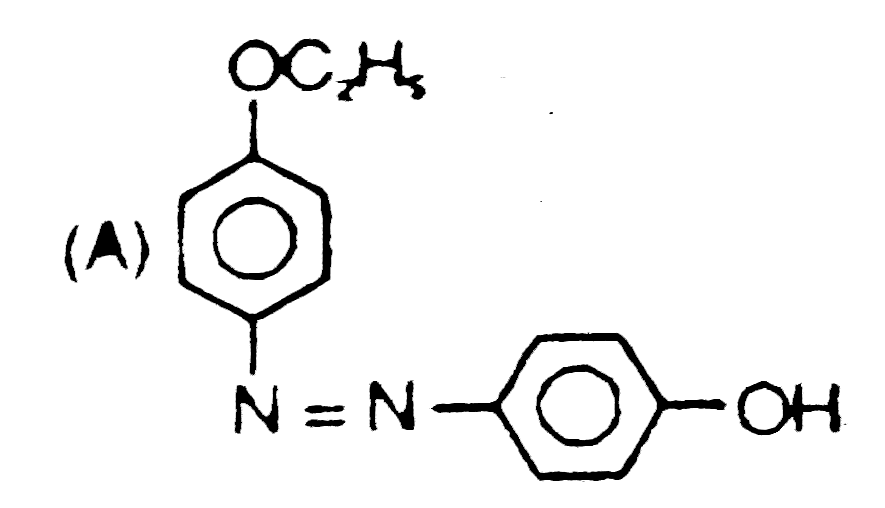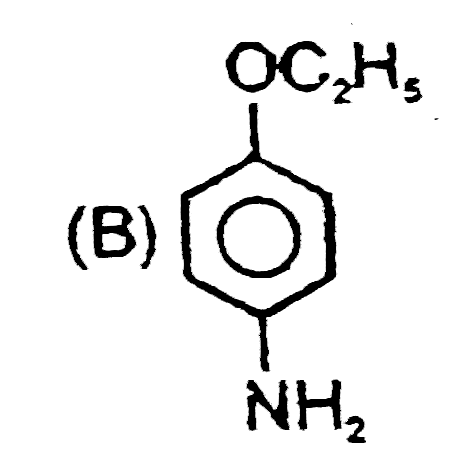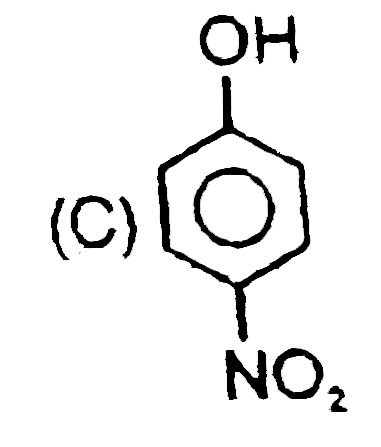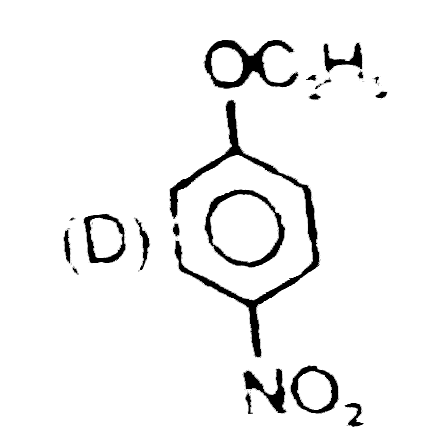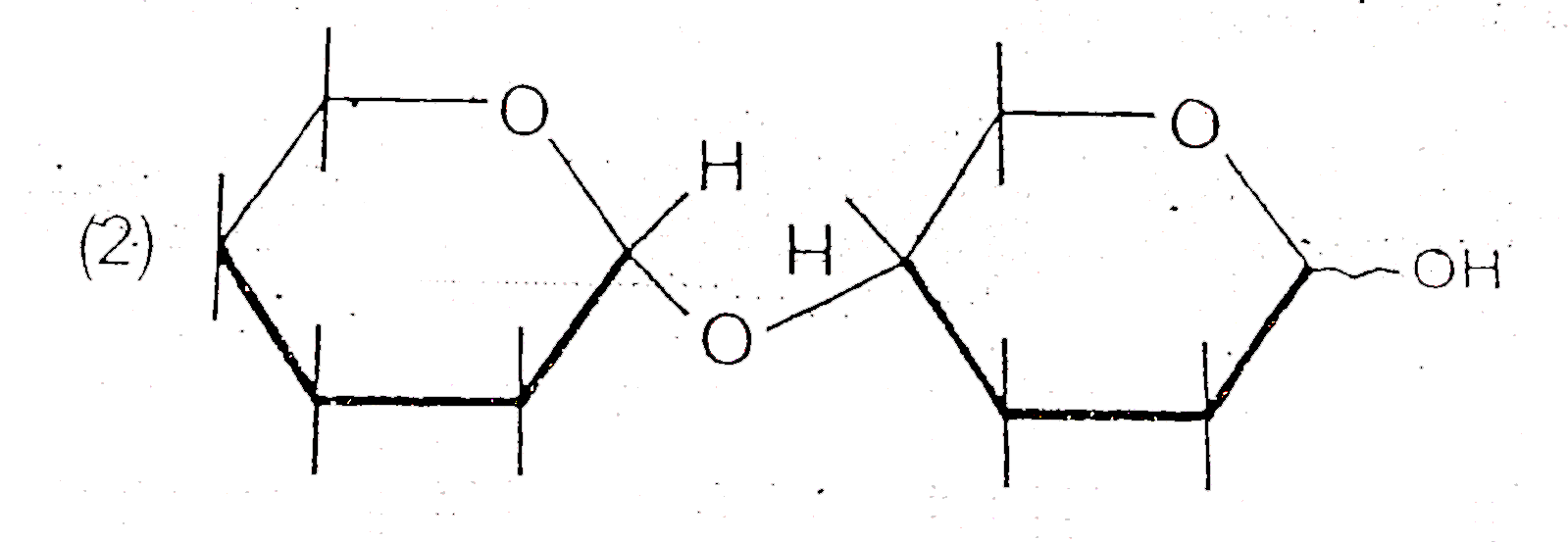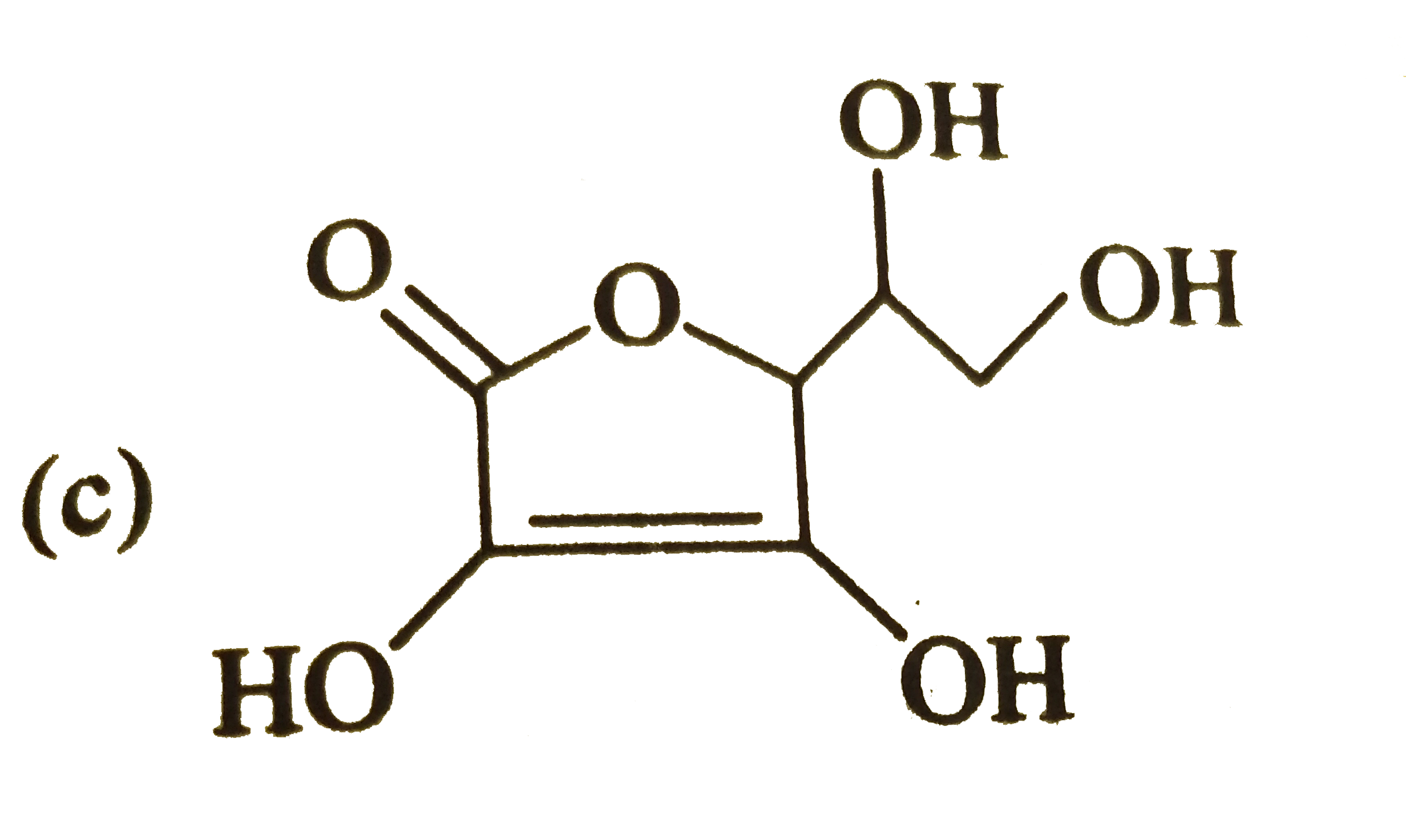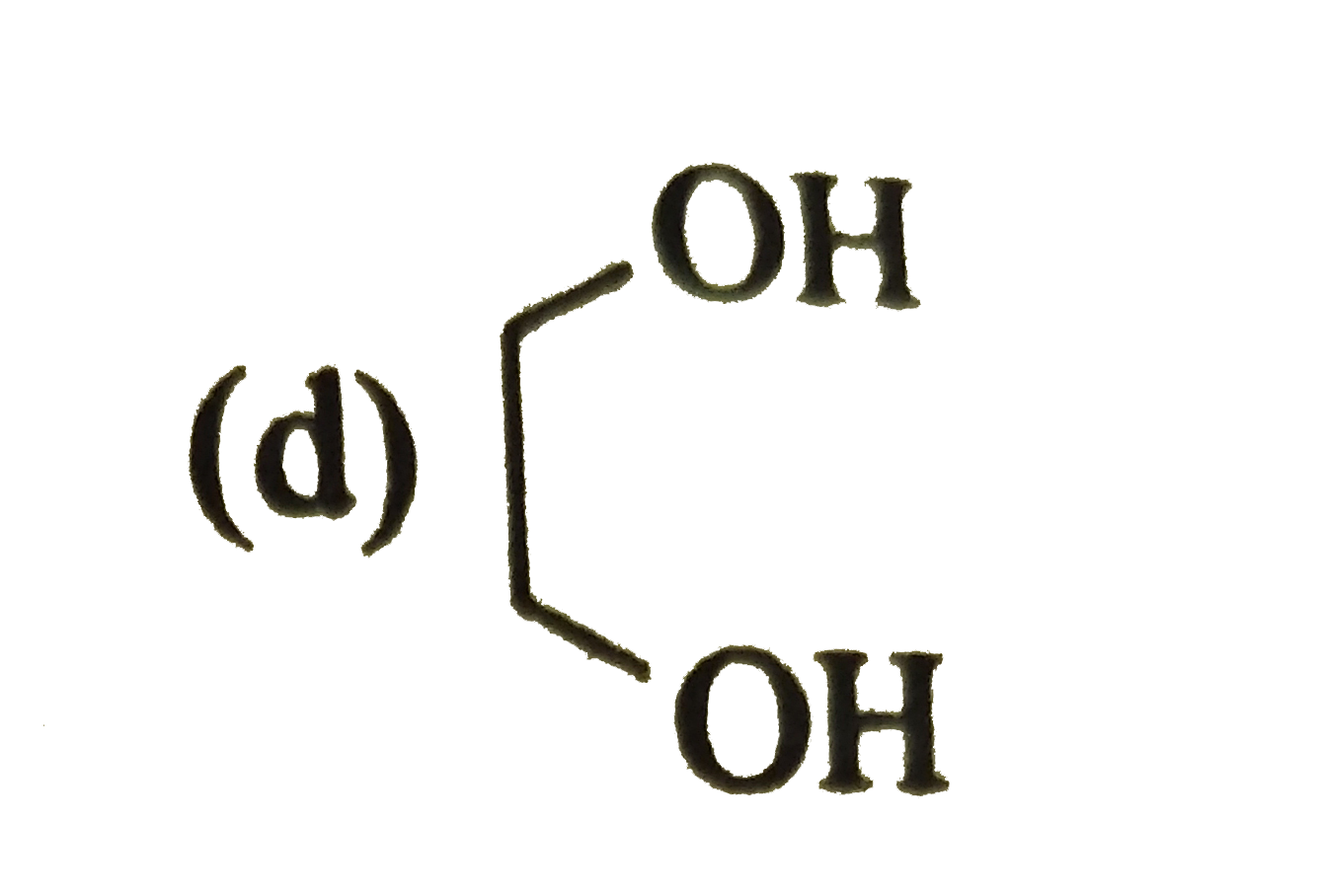Explore topic-wise InterviewSolutions in .
This section includes InterviewSolutions, each offering curated multiple-choice questions to sharpen your knowledge and support exam preparation. Choose a topic below to get started.
| 14751. |
Which complex act as R.A. |
|
Answer» `[CU(NH_3)_4]^(2+)` |
|
| 14752. |
Which of the following is a secondary cell : Daniel dry cell and lead accumulator. |
|
Answer» |
|
| 14753. |
Write the application of Iron (Fe). |
|
Answer» Solution :Iron is one of the most USEFUL metals and its alloys are used everywhere including bridges,ELECTRICITY PYLONS ,bicycle chains,cutting tools and rifle barrels. Cast iron is used to make pipes,valves and pumps stoves etc. Magnets can be made of iron and its alloys and compounds. An important alloy of iron is stainless steel,and it is very resitant to corrosion.It is used in architwcture,BEARINGS ,cutley,surgical instruments and jewellery .Nickel steel is used for making cables,AUTOMOBILES and aeroplane parts,Chrome steels are used for manufacturing cutting tools and curshing machines |
|
| 14754. |
The values of boiling andmelting points of alkadienes are ………….than the corresponding alkanes and alkenes containing same number of carbon atoms. |
|
Answer» |
|
| 14755. |
Which involves osmosis |
|
Answer» CRENATION |
|
| 14756. |
Which of the following statements is/are correct about internal energy? |
|
Answer» The absolute VALUE of internal energy cannot be determined. |
|
| 14757. |
What happens to conductivity on dilution ? |
|
Answer» Increases |
|
| 14758. |
What makes a glass different from a solid such as quartz ? Under what conditions could quartz be converted into glass? |
|
Answer» Solution :The GLASS and quartz both have same constituent PARTICLES i.e., `SiO_(4)^(4-)`. Glass have short range ORDERED arrangement while quartz have long range order arrangement. Quartz on rapid COOLING after heating FORMS glass. |
|
| 14759. |
What is the oxidising agent in mercury cell? |
| Answer» Solution :OXIDISING AGENT in mercury cell is HGO (or) Mercury (11) OXIDE. | |
| 14760. |
Which of the following pollutants affect more to organisms of the higher trophic level of a food chain due to biological amplification |
|
Answer» Sewage and plant fertilizers |
|
| 14762. |
Which is colourless complex: |
|
Answer» `Cu_2(CH_3COO)_4 H_2O` |
|
| 14763. |
underset((X))("p-Nitro phenol")underset((1))overset((C_2H_5)_2SO_4//NaOH)tounderset((2))overset(Sn//HCl)to(Y)underset((3))overset(NaNO_3//HCl)tounderset((4))overset(C_6H_5OH)to product is : |
|
Answer»

|
|
| 14764. |
Which method is used for refining Zr and Ti? Explain with equation. |
|
Answer» SOLUTION :van Arkel method is USED for refining Zr and Ti. In this method crude metal is heated with iodine. `Zr+2I_(2) to ZrI_(4)` `ZrI_(2)` obtained is heated at 1800 K to YEILD PURE Zr. `ZrI_(4) overset(1800K)(to) Zr +2I_(2)`. |
|
| 14765. |
Whatis meant by : (i) Peptidelinkage . (ii) Biocatalysts ? |
Answer» Solution :(i) Peptide linkage : Proteins are complex nitrogenouspolymeric substancepresentin all from of LIVINGMATTER . Theseare obtainedby the condensationpolymerisation of `alpha` - amino acidthrough the FORMATIONOF peptide bonds. Thelinkage whichcombinetwo amino acids is called peptide linkage .  (III) BIOCATALYST : Enzyme are complex nitrogenous substance(protein) havingmolecular weightof 10,000 or even more . Enzymeincrease the rateof biochemical reactions by providingalternative path of loweractivation energy. Therefore ,enzyme are termed as biochemical catalystand phenomenon is KNOWN asbiochemicalcatalysis. |
|
| 14766. |
What is a heteroleptic complex ? |
| Answer» SOLUTION :COMPLEX in which metal ION /atom is bound to more than one KIND of donor groups. | |
| 14767. |
Which compound in each of the following pairs will react faster in S_(N)2 reaction with OH^(-)? (i) CH_(3)Br or CH_(3)I (ii) (CH_(3))_(3)C Cl or CH_(3)Cl. |
|
Answer» SOLUTION :(i) Since `I^(-)` ION is a better leaving group than `Br^(-)` ion, therefore, `CH_(3)I` reacts faster `CH_(3)Br` in `S_(N)2` REACTION with `OH^(-)` ion. (ii) On steric grouns, `1^(@)` alkyl HALIDES are more reactive than tert-alkyl halides in `S_(N)2` reaction. therefore, `CH_(3)Cl` will react at a faster rate than `(CH_(3))_(3)C Cl` in a `S_(N)2` reaction with `OH^(-)` ion. |
|
| 14768. |
Which of the following is the product formed when 3,3-dimethyl-2-butanol reacts with conc. H_2SO_4 ? |
|
Answer» 2,3-dimethyl but-1-ene |
|
| 14769. |
Whichmetalin the 3dseries exhibits +1oxidationstatemostfrequentlyand why ? |
|
Answer» Solution :(i) The first TRANSITION METAL copper exhibits only +1 oxidation state. ii. It is unique in 3d series having a STABLE +1 oxidation state. `Cu(Z = 29)` ELECTRONIC configuration is `[Ar]3d^(10) 4s^(-1)` (iii) so copper element only can have +1 oxidation state. |
|
| 14770. |
Two students performed the same experiment separately and each one of them recorded to readings of mass which are given below. Correct reading of mass is 3.0 g. On the basis of given data, mark the correct option out of the following statements. {:("Student"," Reading"),(,"(i)(ii)"),(A,"3.012.99"),(B,"3.052.95"):} |
|
Answer» Results of both the students are NEITHER accurate nor PRECISE. `"Average of readings of student B"=(305+2.95)/(2)=3.00` Correct reading = 3.0 For both the students, average value is close to the correct value. Hence, readings of both are accurate. But readings of student A are ALSO close to each other (differ only by 0.02) and also close to the average value, hence readings of A are precise also. But readings of B are not close to each other (differ by 0.1) and hence are not precise. THUS, results of student A are both precise and accurate. |
|
| 14771. |
Which decolourize aqueous bromine and gives white fumes of HCl on reaction with PCl_5 |
|
Answer» `CH_3COCH_2CH=CH_2` |
|
| 14772. |
Which reaction represents the oxidizing behaviour of H_(2)SO_(4) ? |
|
Answer» `2HI +h_(2) SO _(4) to I_(2) + SO_(2) + 2H_(2)O` |
|
| 14773. |
The total number of asymmetric carbons in a-D-Glucose are ………………… |
|
Answer» 4 |
|
| 14774. |
Which of the following reactions may be expected to involve nitrene as reactive intermediate? |
|
Answer» Hoffman REARRANGEMENT |
|
| 14775. |
Write note on trans esterification. |
Answer» Solution :Esters of an alcohol can REACT with ANOTHER alcohol in the presence of a MINERAL acid to give the ester of second alcohol. The INTERCHANGE of alcohol portions of the esters is termed TRANSESTERIFICATION. 
|
|
| 14776. |
What is the role of adsorption in heterogeneous catalysis? |
|
Answer» Solution :The mechanism of Heterogeneous ADSORPTION involves following steps: 1) Diffusion of the reactants to the surface of the catalyst. 2) Adsorption of REACTANT molecules on the surface of the catalyst. 3) Occurrence of the chemical reaction on the catalyst surface through formation of an intermediate. 4) Desorption of the reaction products from the catalyst surface and there by making the surface available again for more reaction to occur. 5) Diffusion of reaction products away from the catalyst.s surface. This is known as Modern Adsorption THEORY. This theory explains why the catalyst remains unchanged in mass and chemical composition at the end of the reaction is effective even in small quantity. However, it failed to explain the action of catalytic promoters and inhibitors. 
|
|
| 14777. |
Which one is classified as a condensation polymer ? |
|
Answer» Dacron |
|
| 14778. |
Which is used as catalyst to retard the oxidation of chloroform ? |
|
Answer» `H_2O` |
|
| 14779. |
Which of the following pairs of solutions are expected to be isotonic , temperature being the same ? |
|
Answer» `0.1 M "glucose and " 0.1 M C_(6)H_(5)NH_(3)Cl` |
|
| 14780. |
Which of the following compounds on hydrolysis gives acetylene ? |
| Answer» Answer :A | |
| 14781. |
Write IUPAC name of the complex [Cr(NH_(3))_(4)Cl_(2)]^(+). Draw structures of geometrical isomers for this complex. |
Answer» SOLUTION :Tetraamminedichloridochromium (III) ION 
|
|
| 14782. |
What is the strength in grams/litre of a solution of H_(2)SO_(4) ,12 c c of which neutralises 15 c c of N/10 NaOH solution ? |
|
Answer» Solution :m.e of NAOH solution = `1/10 xx15 = 1.5""….(Eqn.1)` m.e of 12 c c of `H_(2)SO_(4)=1.5""…(Eqn.2)` ` :. " normality of" H_(2)SO_(4)=(1.5)/2 ""…(Eqn.1)` STRENGTH on grams/litre = normality `xx` eq.wt…(Eqn.5) ` = (1.5)/12 xx 49` grams.litre ` = 6.12` grams/litre `{ " eq. wt of " H_(2)SO_(4)=("mol.wt")/("basicity") = 98/2 = 49}` |
|
| 14783. |
Which one of thefollowing act as shockabsorber and lubricant ? |
|
Answer» Glycoasaminoglycans |
|
| 14784. |
Which of the following elements react with metals to form their binary compounds exhibiting -3 oxidation state ? |
| Answer» Answer :A::B::C::D | |
| 14785. |
Which characteristic properties are shown by d-block elements? Why? |
|
Answer» Solution :The following characteristic properties are shown by d-block elements: (i) Variable oxidation states. (ii) FORMATION of coloured compounds. (iii) Formation of complex compounds with variety of ligands. (iv) Paramagnetism and catalytic activity (v) Alloy formation The characteristic properties of these elements is because of incompletely filled d-orbital that are PROJECTED to the periphery of an atom more than s- and p-orbitals. As a result, ATOMS of these elements are more influenced by surroundings as well as by the atoms surrounding them. This also results in GREATER similarity in the properties of TRANSITION elements of horizontal row in contrast to non-transition elements |
|
| 14786. |
What are emulsions? What are their different types? Give one example of each type. |
|
Answer» Solution :An EMULSION is a colloidal dispersion in which both the dispersed PHASE and the dispersion medium are liquids and the TWO liquids involved are otherwise immiscible. (a) Oil in water type, in which oil is a dispersed phase and water is the dispersion medium. For example: milk is as emulsion of liquid FAT dispersed in water. (b) Water in oil type, in which water is the dispersed phase and oil is the dispersion medium. For example: COD liver oil is an emulsion of water in oil in which water is the dispersed phase and oil is the dispersion medium. |
|
| 14787. |
The substance which gives benzamide on alkaline hydrolysis and can be obtained from benzamide by treatment with SOCl_(2) is |
|
Answer» Benzonitrile 
|
|
| 14788. |
Write the structure of perchloric acid (HClO_4) |
Answer» SOLUTION :
|
|
| 14789. |
What is the configuration of Zn^(2+) ion? |
| Answer» SOLUTION :`ZN^(2+)` : [Ar]`3D^(10) 4S^(0) ` | |
| 14790. |
The reagent used for the dehydration of an alcohol is |
|
Answer» PHOSPHORUS pentachloride 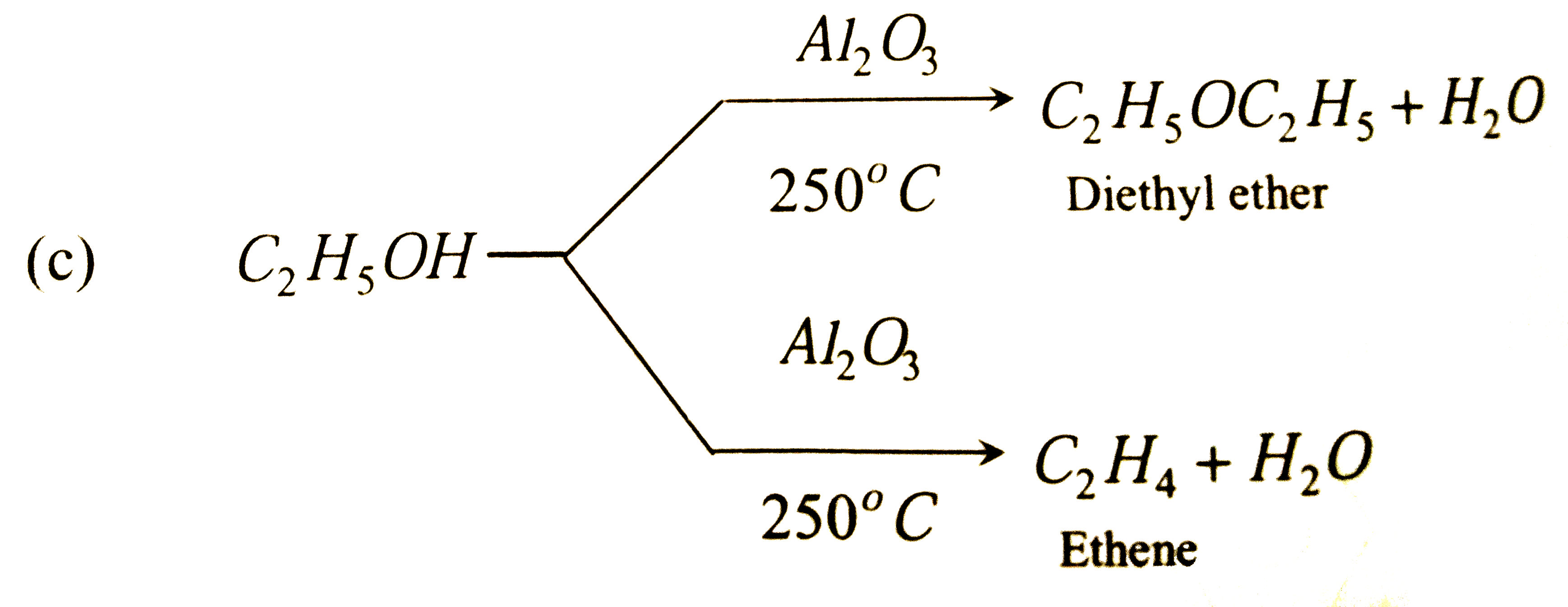
|
|
| 14791. |
Which of the following is chain growth polymer? |
|
Answer» Polypropylene |
|
| 14792. |
Which of the following reagents may be used to distinguish between phenol and benzoic acid ? |
|
Answer» Molisch reagent |
|
| 14794. |
What are invert soaps ? |
|
Answer» Solution :In REGULAR soaps, the anionic PART is MUCH bigger than the cationic part , i.e., `ubrace(CH_3(CH_2)_16COO^(-))_"Anionic " underset"Cationic"(Na^+)` In contrast, in invert soaps , cationic part is much bigger than the anionic part. For example, `underset"Cationic"([CH_3(CH_2)_15-overset+N(CH_3)_3])underset"Anionic"(Br^-)` These detergents being expensive are extensively used as germicides rather than for washing cloths . |
|
| 14795. |
Write the Nernst equation and compute the emf of the following cell at 298 K: Sn(s)|Sn^(2+)(0.05M)||H^+(0.02M)|H_2,1atm//Pt |
|
Answer» Solution :Nernst EQUATION: `SN+2H^(+) to Sn^(2+)+H_2` conc. of `Sn^(2+)=0.05M` `H^+=0.02M` `H_2=1 pressure//atm` `E_(Sn^(2+)//Sn)^@=-0.136V` `E_(cell)^@=E_(cell)^@-0.059/2log""(Pro d UCTS)/(Reactants)` `E_(cell)=E_(cathode)^@-E_(ANODE)^@` `=0-(-1.36V)` =1.36V `E_(cell)=1.36-0.059/2log""((0.05)(1))/(0.02)^2` `=1.36 -0.0295 times log 0.05` `=1.36 -0.0295 times log""(0.05 times 10^2)/(0.02 times 0.02)` `=1.36 -0.0295 times 2.09` `=1.36 -0.06` =1.3V |
|
| 14796. |
Which of the following will liberate CO_(2) on reaction with NaHCO_(3) ? |
| Answer» Answer :B::C | |
| 14797. |
Which of the following can't be used in Friedel Carft's reaction |
|
Answer» `FeCl_(3)` |
|
| 14798. |
When AgNO_(3) comes in contact with skin, it leaves a black stain. This is because of: |
|
Answer» `HNO_(3)` produced by HYDROLYSIS of `AgNO_(3)` |
|
| 14799. |
Which of the following alkanes will give a single product with a methylene insertion? |
|
Answer» `Me_(4)C` |
|
| 14800. |
What happens when hydrochloric acid is treated with (i) Nitro ethane (ii) 2-nitropropane (iii) 2-methyl -2-nitro propane ? (or) How would you distinguish 1^(@),2^(@),3^(@) nitro compounds? |
|
Answer» SOLUTION :(i) `underset("Nitro ethane")(CH_(3)-CH_(2)NO_(2)) underset("Boil")overset(HCl//H_(2)O)(to)underset ("ACETIC acid")(CH_(3)-COOH)-NH_(2)OH+HCl` (ii) `CH_(3)-underset(2-"nitro propane")underset(CH_(3))underset(|)(CH)-NO_(2) underset("boil")overset(HCl//H_(2)O)(to) CH_(3)-underset("Acetone")underset(O)underset(||)(C)-CH_(3)+N_(2)O+H_(2)O` (iii) `underset(2-"methyl-2-nitro propane")((CH_(3))_(3)C-NO_(2))underset("Boil")overset(HCl//H_(2)O)(to)` No reaction |
|
